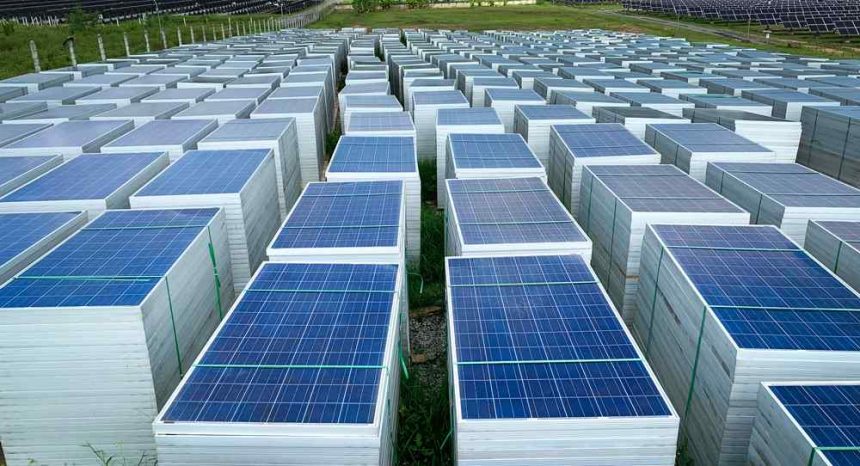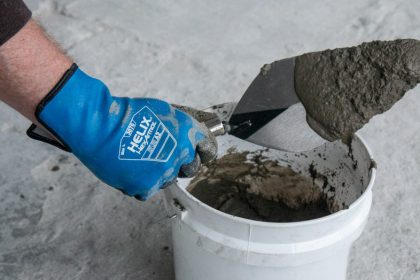Experts are calling for large recycling facilities in major cities to tackle the predicted 1 million tonnes of solar panel waste by 2035.
Over the last two decades, almost 3 million Aussie homes have ‘switched on’ with rooftop solar systems, with 2023 seeing a record number of installations as homeowners look to harness the sun’s power amid rising energy costs.
But this mass adoption has shined a light on one major flaw with these photovoltaic panels – they aren’t easy to get rid of and require the use of expensive heavy machinery to recycle.
And seeing how these systems are only designed to last 15-25 years (sometimes even less in the harsher corners of Australia), thousands of early adopters back in the early 2010s are beginning to ditch their old panels in search of an upgrade if they haven’t already.
But a new Solar Panel End-of-Life Management report from the Australian Centre of Advanced Photovoltaics (ACAP) has sparked warnings that Aussie infrastructure isn’t ready to handle this wave of solar systems landing in tips across the country.
UNSW Sydney researchers who led the study predict a whopping 1 million tonnes of decommissioned panels by 2035, equating to as much as 100,000 tonnes of photovoltaic (PV) waste generated every year by the end of the decade.
With the estimation being more than double Australia’s current solar waste output, the authors of the report have called for sites in the five major cities to deal with 5,000 to 10,000 tonnes of waste panels per year, with that volume needing to double at each facility in the next six years.
These proposed facilities will handle over 70 per cent of Australia’s solar panel waste, with additional smaller sites in Dubbo/Wellington, Townsville, Newcastle, Murrumbidgee, Central Highlands, and Busselton providing a “comprehensive nationwide service.”
Executive Director of ACAP Professor Renate Egan says the industry needs to ramp up its recycling efforts before it’s too late.
“The total material value from end-of-life solar panels is projected to surpass $1 billion by 2035.
“As a result, establishing domestic PV waste management facilities in Australia presents an opportunity for resource recovery. Recycling offers a gateway to reducing landfill, enhancing circular economy initiative, and job creation.”
Reuse and recycle
But it isn’t quite as easy as dotting recycling plants across the country. Recycling solar panels is a costly process, ranging between $500 and $1000 per ton, and will require a steep initial investment from the Government before it becomes a viable solution to the nation’s waste dilemma.
There’s also the glaring problem that there currently isn’t a market for recycled solar material. Australia doesn’t have a manufacturing industry capable of reusing recycled solar material, with the recovered glass instead mainly used as a sand substitute in construction materials.
Despite the short-term obstacles, Dr Rong Deng, one of the authors of the report, urged ministers to look to the future and see these panels as “valuable resources” that can find life in other products down the track.
“Solar panels are made of materials like aluminium, glass, silicon, silver, and copper, and they can be recycled,” she said.
“Therefore, panels should be viewed as valuable resources rather than waste. However, more scalable, comprehensive, and cost-effective solutions are needed to deal with large volumes in the coming decade.”
“In the next 12 years, we need a clearly defined management framework, accessible collection methods, and new technologies to transform the challenge of end-of-life solar panels into sustainable business opportunities with positive economic, environmental and social outcomes.”





